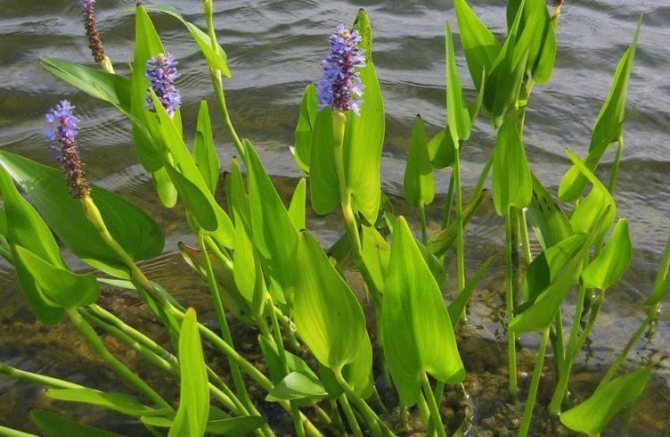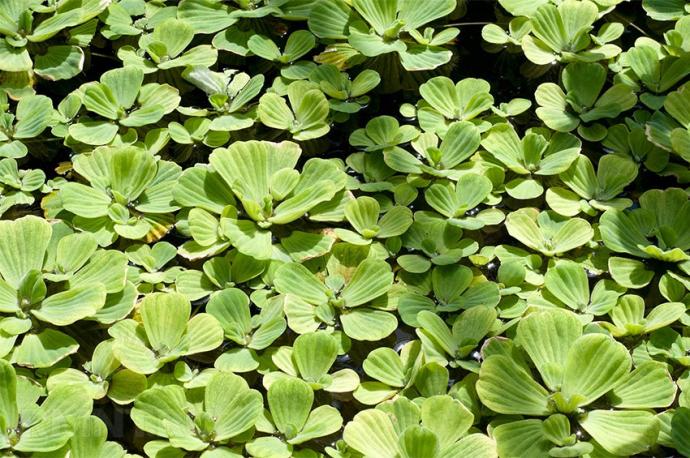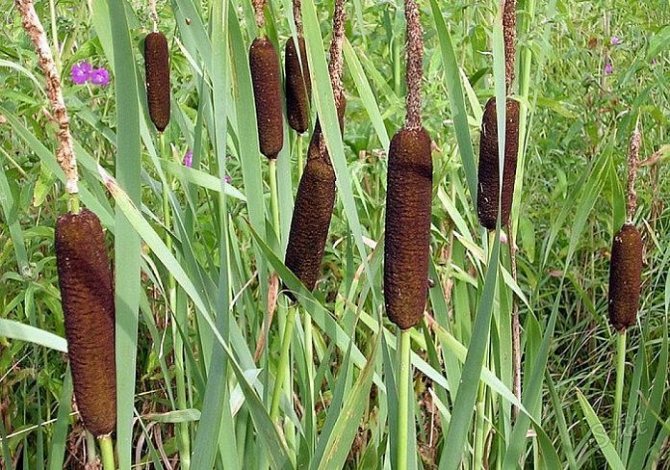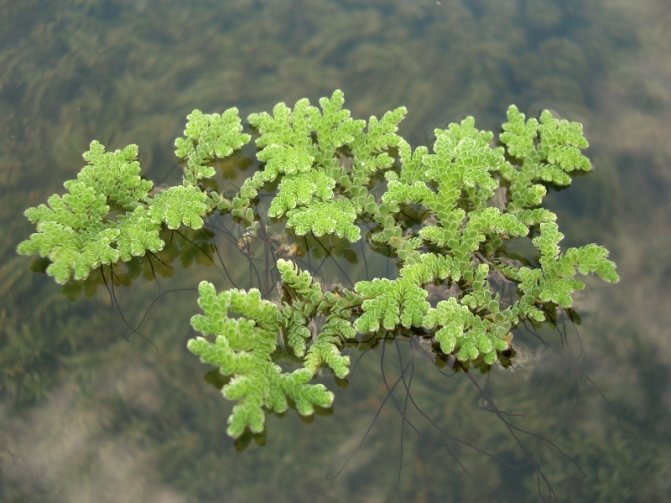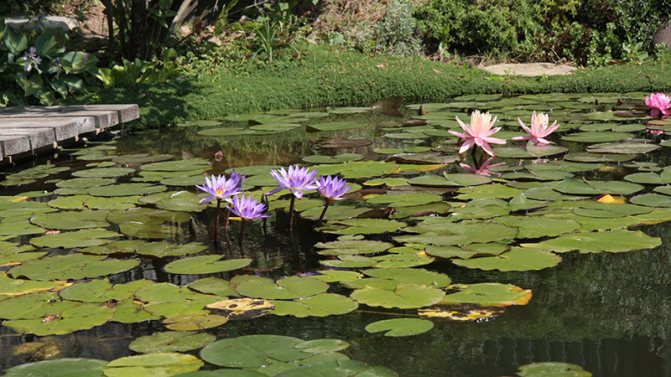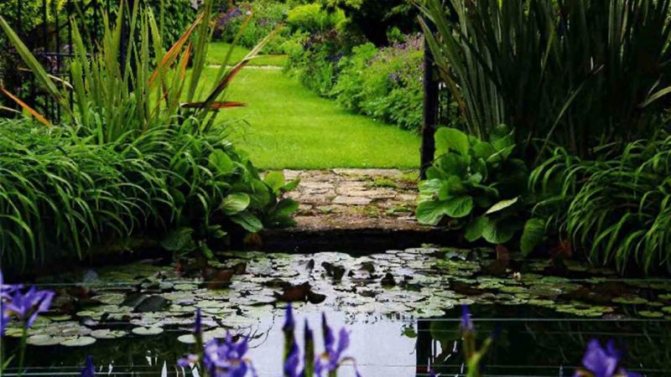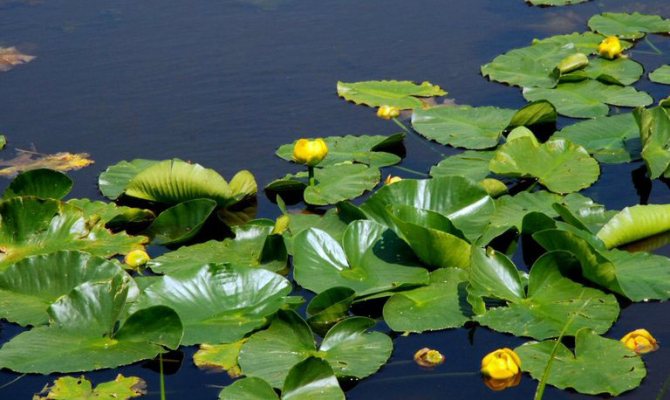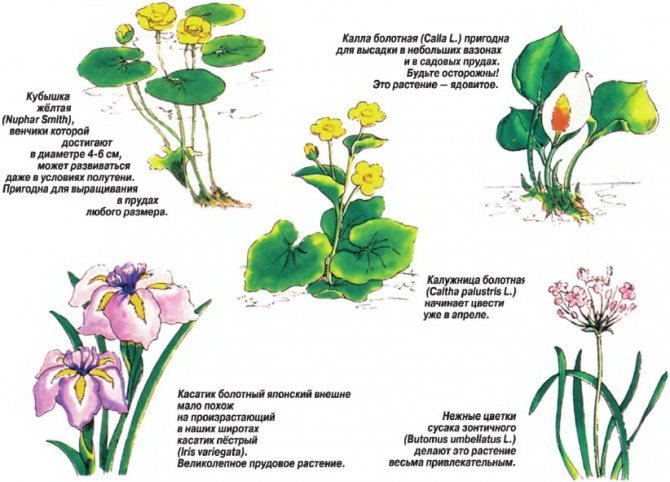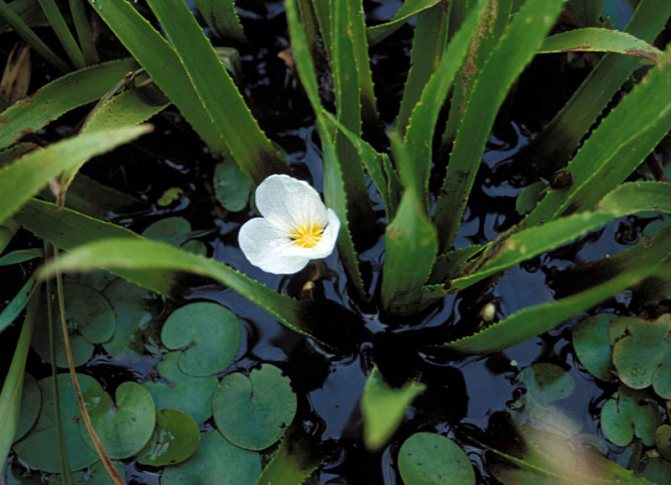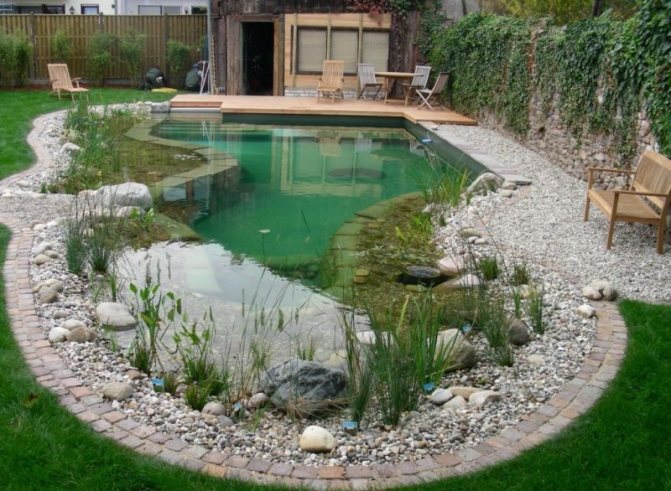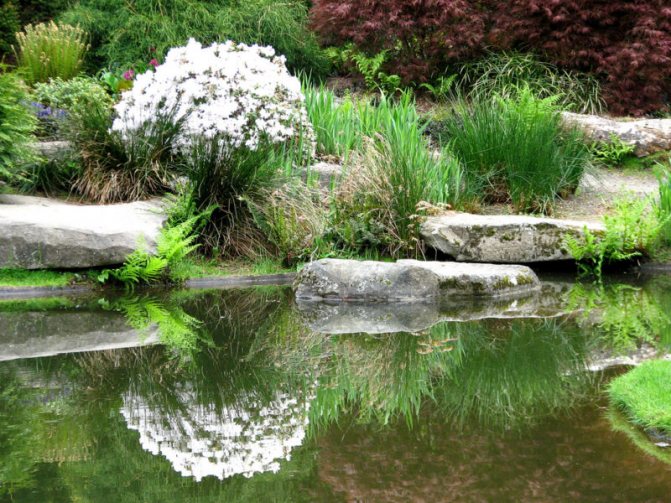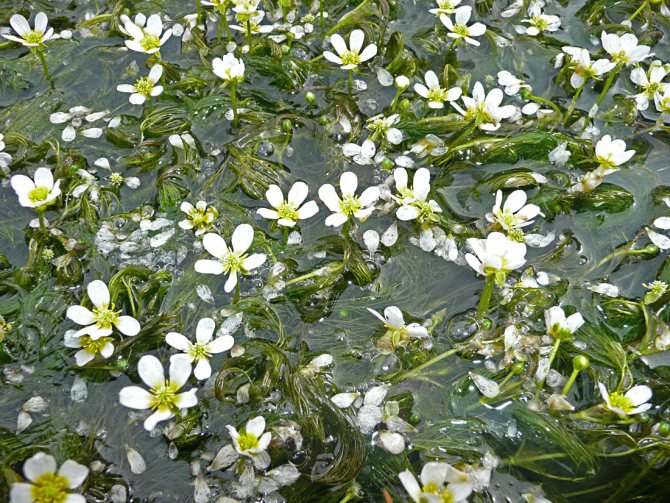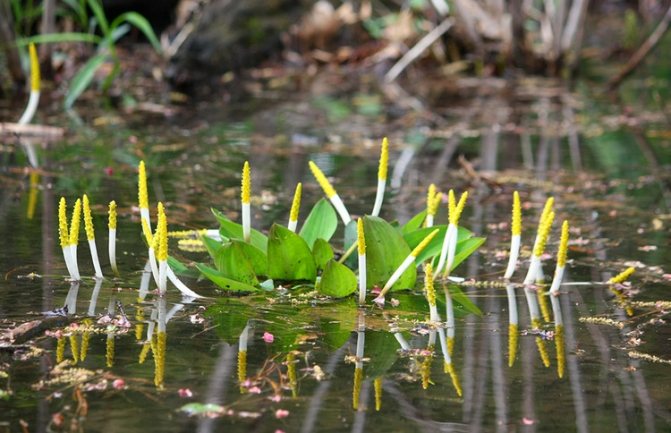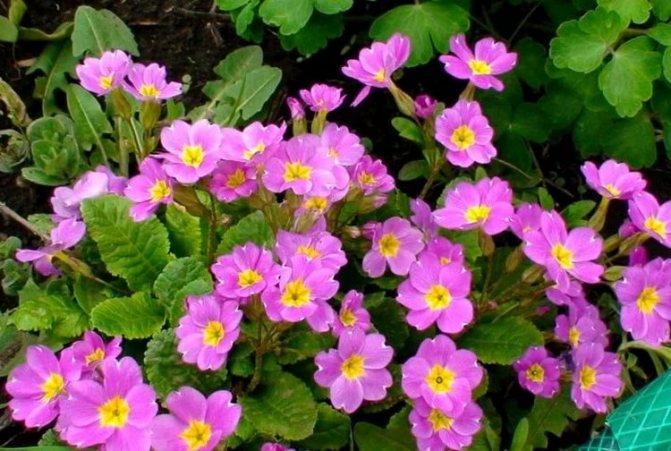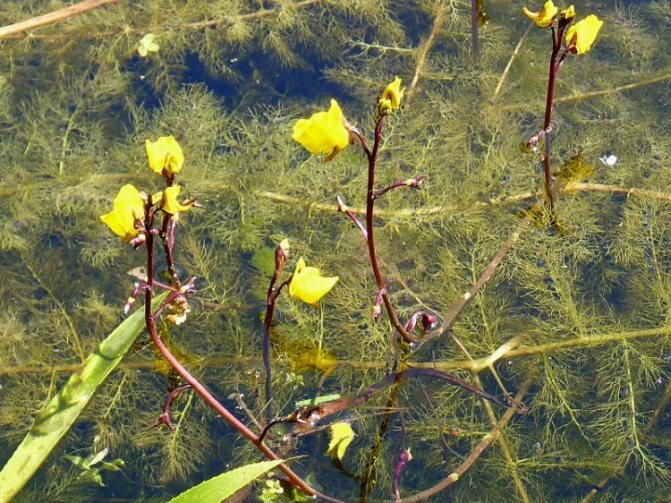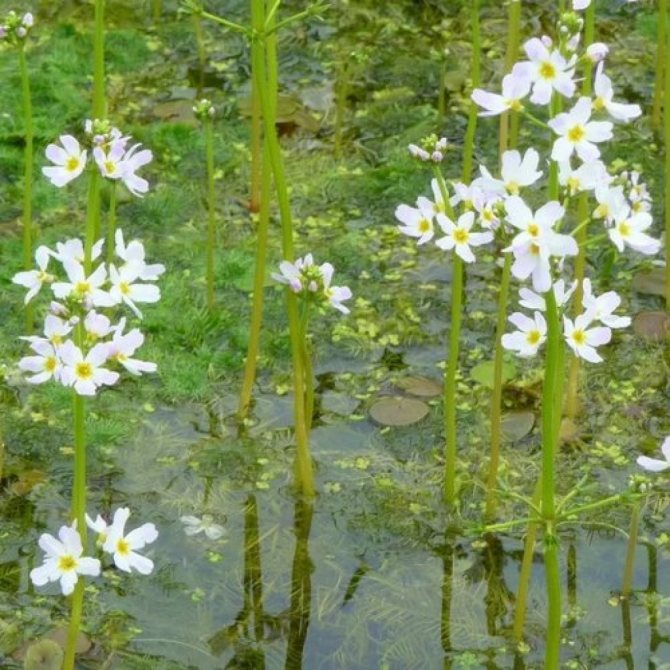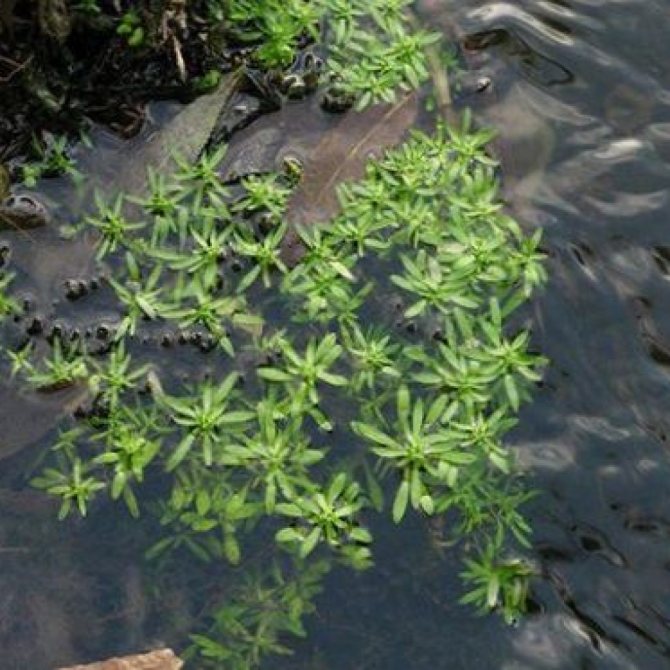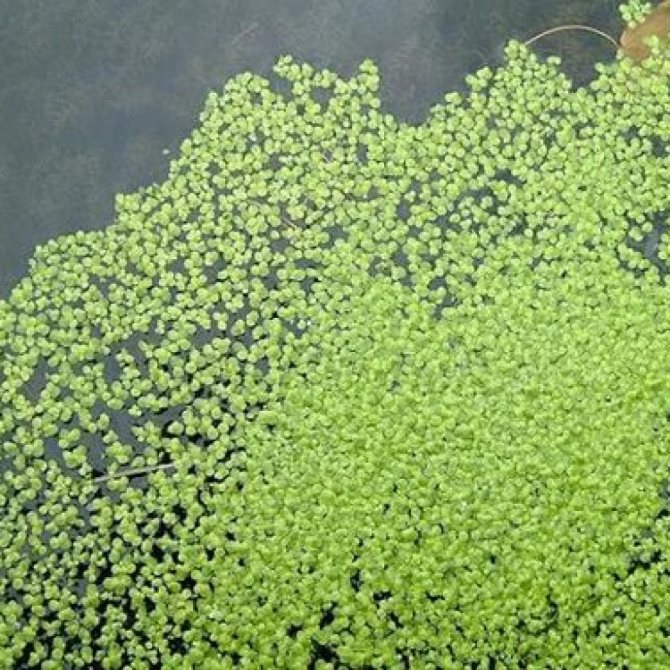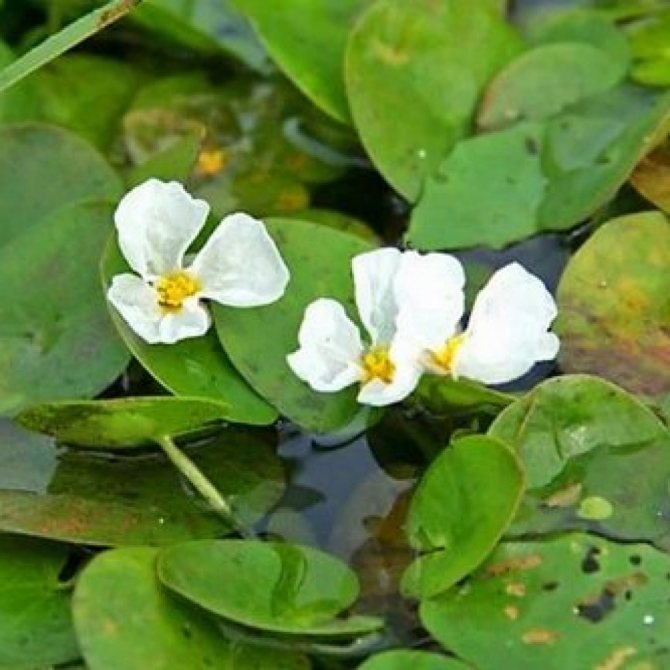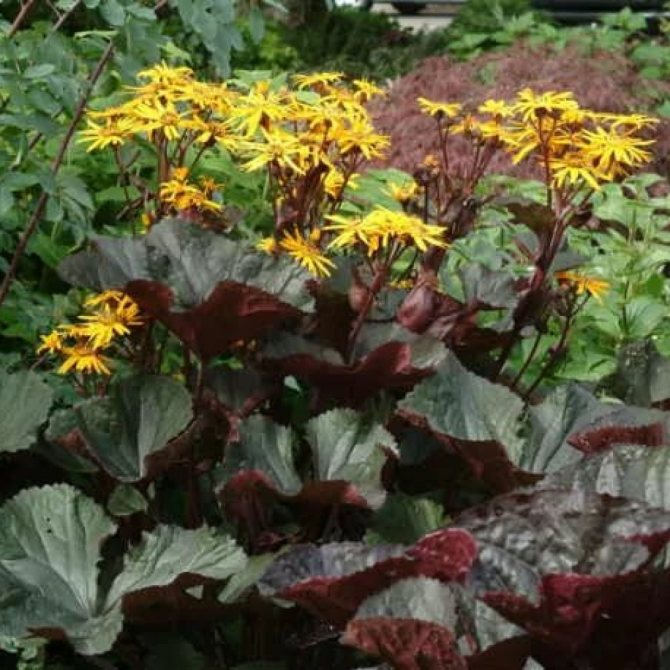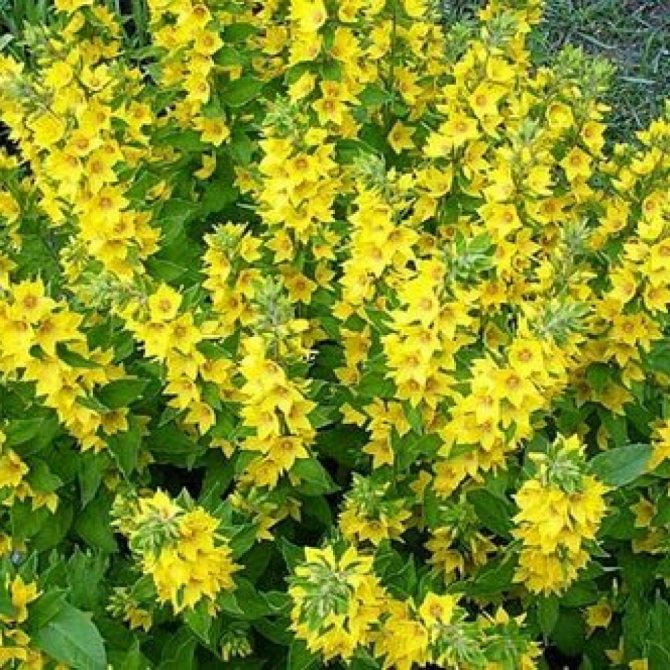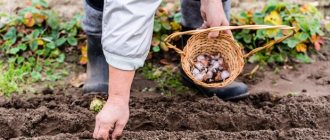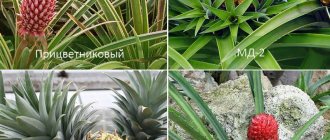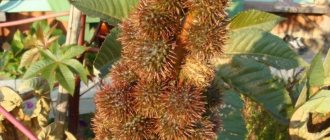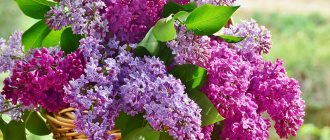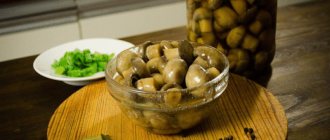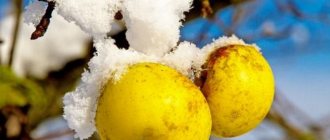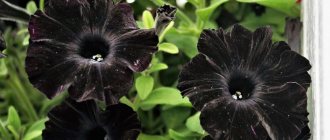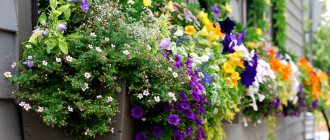Coastal plants
For planting by the pond, it is better to choose perennial plants so that you do not have to plant something every year. Near the pond, low perennials are planted, then plants of medium height, and so on in ascending order. This will help to decorate the pond so that tall specimens do not overlap undersized plants, and also do not hang over the pond. Coastal pond plants form an effective framing of the landscape object and maintain its biological balance. Due to the fact that their rhizomes are submerged in water, and the tops are above the water, winter-hardy species of pond plants perfectly enrich the water with oxygen, which is especially important for fish in winter.
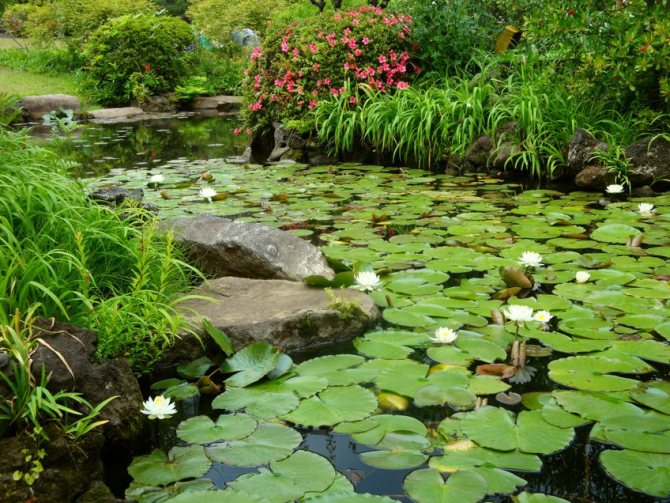
Shrubs and tall grasses with falling branches look beautiful near the reservoir:
- and you
- daylilies
- swamp irises
- rhubarb
- ferns
- irises
- phloxes
- host
- badan
- lupins
Coastal pond plants can be planted both in the ground in the immediate vicinity of the pond (in moist soil) and in water, to a depth of 25 cm. Marigold is often used in the design of the pond. It has very beautiful yellow flowers, and it can be planted near a reservoir and in shallow water. Pond plants perform a protective function - they protect water from blooming and overheating. Also, pond plants saturate the water with oxygen, remove harmful substances that have a detrimental effect on the ecosystem of the pond. About what types of reservoirs there are and how to choose their size and shape, read here.
Sometimes a garden sculpture or a composition of stones and snags is installed next to a decorative pond.
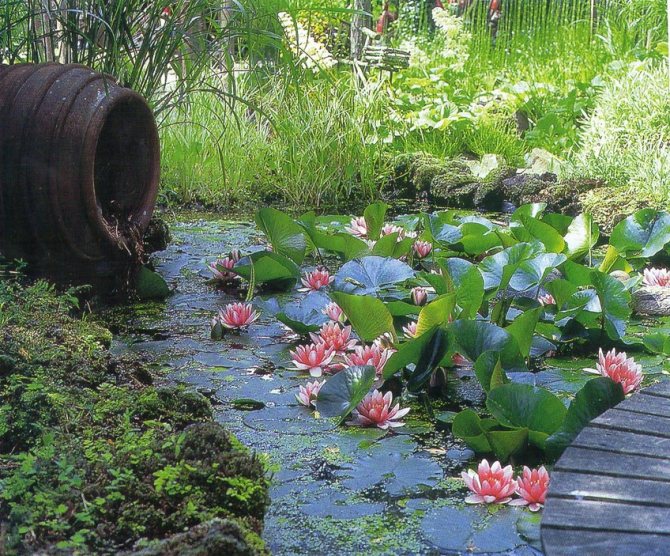

Features of the landscape and zoning of the pond
Artificial reservoirs on sites are often equipped with natural materials. It can be stone, granite, basalt, branches and driftwood of trees. Ponds are decorated with pebbles, shells, colorful minerals. The size of the lake depends on the area of the site itself: from 0.5 sq. m up to 6 sq. m., with a depth of 30-1.5 m. The ponds created in bathrooms, barrels, troughs look pretty cute. Full-fledged reservoirs are made from special plastic containers or dug directly into the ground.
The form of an artificial lake can be very diverse, it all depends on imagination and personal preferences. In addition to the traditional oval and round ones, teardrop-shaped ponds, multi-level, with waterfalls and fountains, are beautifully blown away.
Around the decorative reservoir and inside it, a variety of vegetation is planted, with the help of which unique landscape compositions are created. Trees and shrubs should preferably be located away from water so that their foliage does not pollute it. Grasses, cereals, flowers are planted closer to the reservoir.
You should not plant many identical plants along the coast, this will add monotony to the whole landscape. It is also not necessary to overload the coastal zone with plantations, so as not to close the pond with beautiful flowers in it.
Of particular importance in the design are aquatic plants planted directly in the water. They should be located in one place and be, as it were, a green spot on the water surface. The zoning of a personal plot with a pond is as follows:
- area near the coast;
- swampy part;
- shallow water;
- deep water zone.
For each space, different plants are selected, combining them with each other.
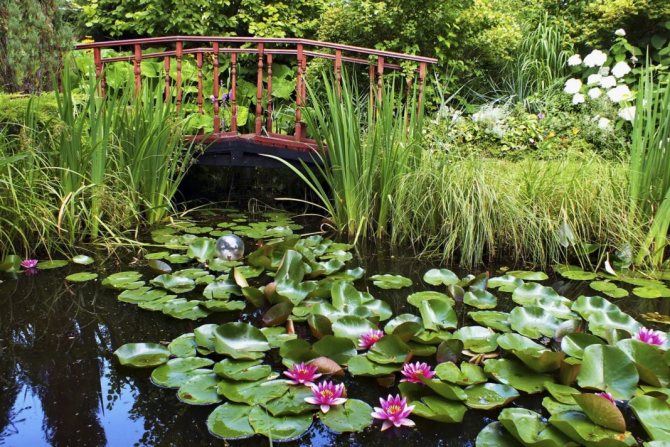

Aquatic plants are of particular importance in the design.
The coastal area remains free of water. If the pond is dug in the ground, it will always be humid around it, therefore, moisture-loving plants are selected: sedge, willow, boxwood, fern, etc. Overheating of the water in the lake will prevent tall trees that cast a shadow. This is good when fish, turtles, frogs and other animals live in the reservoir.
The swampy zone is located from the edge of the water surface to a depth of 10 cm. Reeds, arrowheads, and cattails are planted here.
The shallow water zone - 10-40 cm, is filled with plants so that their root system is always covered with water.
The deep-water zone is located at a depth of 40 cm. Plants for it are different: those attached to the bottom by roots, living on its surface, and those that are capable of saturating the reservoir with oxygen.
It would be optimal to plant no more than three species of flora representatives. This will be quite enough to complement the design idea on the site.
Planting plants on pond ledges
Upper ledge in shallow water (up to ¼ of the maximum depth), it can be populated with marsh plants - marigold, calamus, dwarf rush and others. For this, a box with well-compacted soil or special filler can be placed on the ledge.
On the lower ledges vodokras and water walnut in pots will feel good. At the same place, at a depth, containers are placed with water lilies (pond lilies) - the queens of reservoirs. They always act as the center of the composition, do not require complex care and all summer delight the eye with bright colorful flowers. However, they should be planted in a quiet, calm pond, since beautiful lilies do not like splashes and feel good only on a motionless mirror surface. They cannot grow under the streams of a fountain or in a body of water with active movement of water.
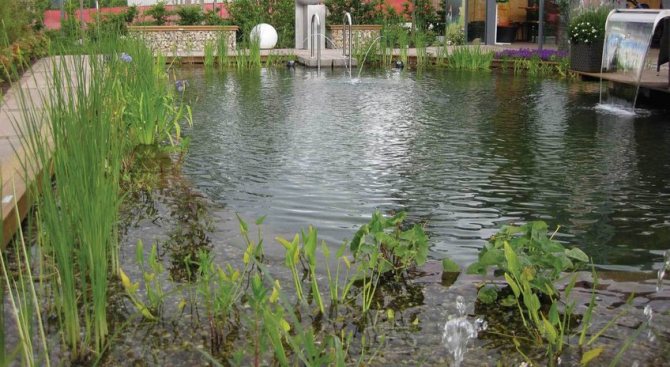

On the deepest ledges planting underwater and aquatic plants that do not need soil - they will absorb all the nutrients they need directly from the water. Place them directly in gravel, sand and pots. Common pond plants are water hyacinth, water walnut, pistia, frog.
Plants need to be planted in May, so that they have time to get stronger and take root before summer.
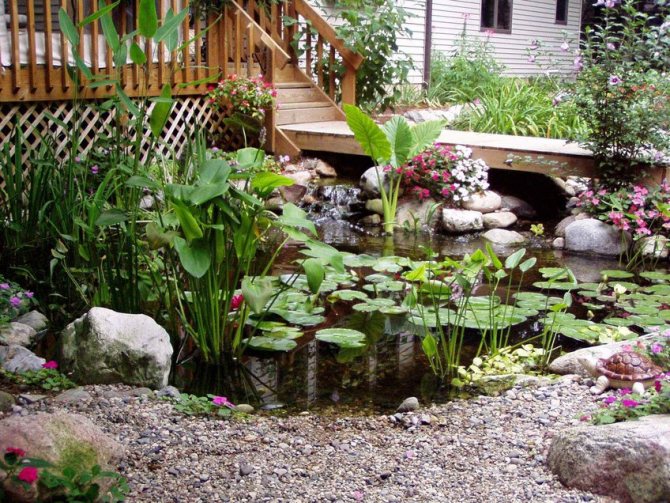

Nowadays, you can find small ponds on almost every plot of land in front of the estate. This idea is very popular. After all, everyone would have liked, on a sunny day, to sit on the shore and admire the nature. But how to decorate your reservoir, coastal zone and more, we will talk about this in our article together with the site.
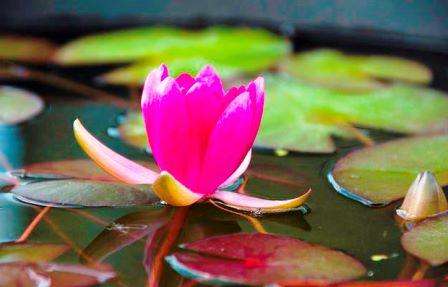

What are the parameters for choosing plants for reservoirs
Before starting the process of planting plants in a reservoir, you should turn your eyes to a few points:
- Will the green spaces planted by you be able to overwinter? Since it depends on this moment what and how plants to plant. By the way, most of the plants suitable for planting near the shores of a reservoir can be planted directly in containers.
- Decide on the type of plants you will have in the pond - deep sea, coastal, floating, oxygenators. We will help you decide on this parameter.
- In what period and how to plant plants for a reservoir
If you do not know which plants to choose for a pond, then this article will definitely help you. After all, here for you we will give their photos and names. We have already cited several questions above. And only after giving answers to all of the above questions, you will be able to imagine how your ready-made pond will look like and how long it will delight your eyes. Plants that are planted in water bodies are those that grow and live exclusively in water. Of course, such plants are perennial. Being constantly in such an environment, they acquired a number of distinctive features:
- The roots of such plants are fragile;
- The leaves have, as it were, a filamentous structure;
- The stalks are characterized as a cavity with air.
There is no definite classification of plants for water bodies. They are divided into groups:
Oxygenators - this group of plants is a supplier of oxygen and thanks to them there are inhabitants in the pond (fry, frogs, etc.). Main characteristics:
- They serve as a food source for fish (carp);
- Their main purpose is to clean the water in the pond.
To implement the above tasks, you need to plant approximately three types of such plants. But don't overdo it. Here is an example of these aquatic plants:
- marshy turcha,
- water star - urut hornwort.
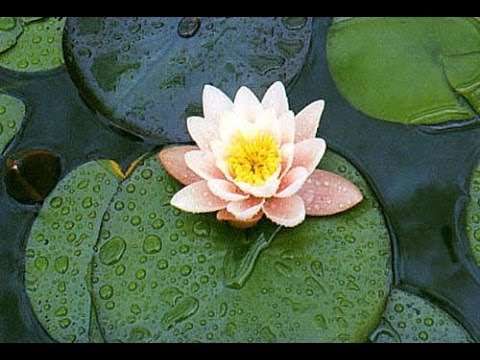

Hornwort - popularly called the "underwater herringbone". It is considered one of the most beautiful and fastest growing plants. Main characteristics:
- He feels great in deep water.
- Hornwort prefers dusk over sunlight.
- It has no roots, it is planted with certain branches.
- Serves as a source of food for inhabitants of reservoirs.
- Hornwort is planted to clean the pond, as it picks up carbon dioxide, nitrates, and more.
- It hibernates easily, leaving its shoots at the very bottom of the pond.
This is what the hornwort is.
Floating plants - this group of plants is always on the surface of the water and pleases its owners with beauty. These types of aquatic plants are planted in the bottom of a pond or in a container. There are two types: frost-resistant and thermophilic. These aquatic plants are characterized by very fast growth, and without proper attention, they can occupy the entire territory of the reservoir. Here are some examples of such plants:
- duckweed,
- vodokras,
- eichornia.
Vodokras - this type of plant will look good in not very large ponds. Basically, for planting, preference is given to the so-called frog water coat. It pleases with its white flowers all summer season.
Eichornia or water hyacinth - the owners of reservoirs choose this plant for two reasons, for its beautiful appearance, and for the fact that it cleans the reservoir. Eichornia flowers can be lilac and white. It winters rather badly, they plant it in containers, and in frosts they transfer it to aquariums.
Deep sea plants - having planted the plants of this group, you, shall we say, have already completed the conceived idea in terms of the design of the pond. They do not grow in deep water bodies and in unpolluted water. For the most part, deep-sea plants do not winter very well, so they are planted in containers and transferred, for example, to a basement for the winter period. The most famous and not requiring any special care are:
- nymphea,
- egg capsule,
- apongeton.
Nymphaea - suitable for decoration, absolutely any pond. It is a plant resistant to temperature extremes and is quite easy to take care of.
Main characteristics:
- More than 36 varieties of this plant are known.
- Various colors: from white to red.
- Different in flower diameters: 2.5 cm - this is the smallest variety; up to 15 cm - snow-white lily.
This article will also help you choose plants for the wintering pond. Below we provide a list of them. Plants are classified in relation to cold weather and depending on the depth of their habitat. Further, in the photo you can see how the water lily looks like.
The egg capsule is a type of aquatic plant with dark yellow flowers and a thick pistil. The flowers grow in size from 3 to 8 centimeters, and the leaves of the capsule perfectly complement the flower arrangement of the reservoir.
Aponogeton is a perennial type of aquatic plant and is recognized among summer residents as the best plant for water bodies. Main characteristics:
- It has oval leaves and a tuberous root system.
- Aponogeton grows quickly, and the flowers do not wither for a long time. He can wait out the winter directly in the reservoir.But only if the depth is more than 65 centimeters.
Coastal plants - this is the group of plants that grows along the edges of the pond. They make the pond more beautiful and protect it from the sun's rays. To do this, plant medium-sized plants so that the shadow from them falls on the reservoir. The following varieties of coastal plants can make the pond more beautiful:
- thuja,
- barberry,
- dwarf spruce,
- Pine,
- willow,
- iris.
Iris is a perennial coastal plant with many varieties. Main characteristics:
- Its flowers are very colorful, and the palette of colors is diverse.
- You can plant them from place to place at a convenient time for you, and without much effort.
- They love light and moisture.
- To spend the winter, you need to make them a "house" of spruce branches. Iris can reach a height of 1.2 meters.
Planting methods for aquatic plants
This article should help you choose aquatic plants for your pond. Above, we have already given examples of plants that can be in and around the pond. Now we need to talk about the details of planting these plants. As noted earlier. Plants can be planted both in the ground and in containers.
When planting aquatic plants without containers, observe the following rules:
- Craft sand, compost, and mullein into soil. And then pour into an 8 cm layer to the bottom.
- In the ground require planting: long plants - along the shore of the reservoir; floating plants in the center.
- After planting, the root system should be sprinkled with river sand (layer 4 centimeters). It will protect the ground of the reservoir from erosion. Aquatic plants can also be planted in containers. This is convenient if you need to remove the plants indoors for the winter or change their location in the pond in order to create a new design.
To plant plants in containers, you need to follow these steps:
- The capacity must be large so that the plant has a lot of space when it grows up.
- Burlap is laid out at the bottom of the container, it performs the function of protecting the soil from washing out.
- Next, we plant our plant and sprinkle the roots with soil, so that the earth is missing to the edge of the container by four centimeters.
- Then add fertilizer to the ground
- The remaining four centimeters, which we have left after planting the plant, are covered with gravel. It hides the soil from external damage and keeps the container at the bottom.
- After all the procedures, we place containers with plants at the bottom, observing this rule, the leaves of the plants that will be on the top of the reservoir should occupy only half of the pond itself (less, but not more.
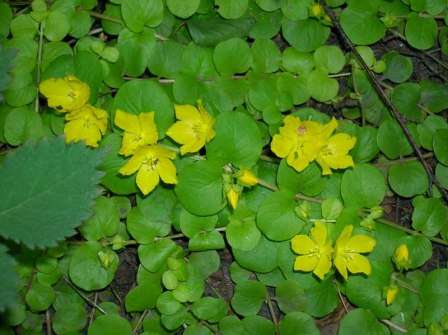

Planting periods and plant care
Planting of plants takes place mainly in summer. During this period, the most favorable temperature regime. In the event that you have just finished the construction of your pond, in no case do not plant, as there is a risk of harmful substances entering and the plant will simply die.
Basic principles of planting and care:
- We start planting plants only three weeks later, after the completion of the pond, and ideally next summer.
- One plant should have about 5 square meters.
- Aquatic plant care is about constant cleaning. To clean the pond, you cannot do without tools. You should buy for these works:
- secateurs,
- nets,
- scissors,
- forceps.
As soon as the leaves and flowers of the plants have withered and taken a bad look, we immediately remove them.
In the spring and autumn, fluff or pollen, leaves descend into the water, it also needs to be constantly removed with a net.
Aquatic plants, rushes, reeds and others that grow in shallow water should not be cut out. Their stems deliver oxygen under the ice. And it is already worth removing them in the spring.
Fertilizing the soil in the pond must be strictly adhering to the rules.
Do not overdose on fertilizers, as this can harm the plants.
You may be interested in the article: What you need to make a staircase in a private house with your own hands
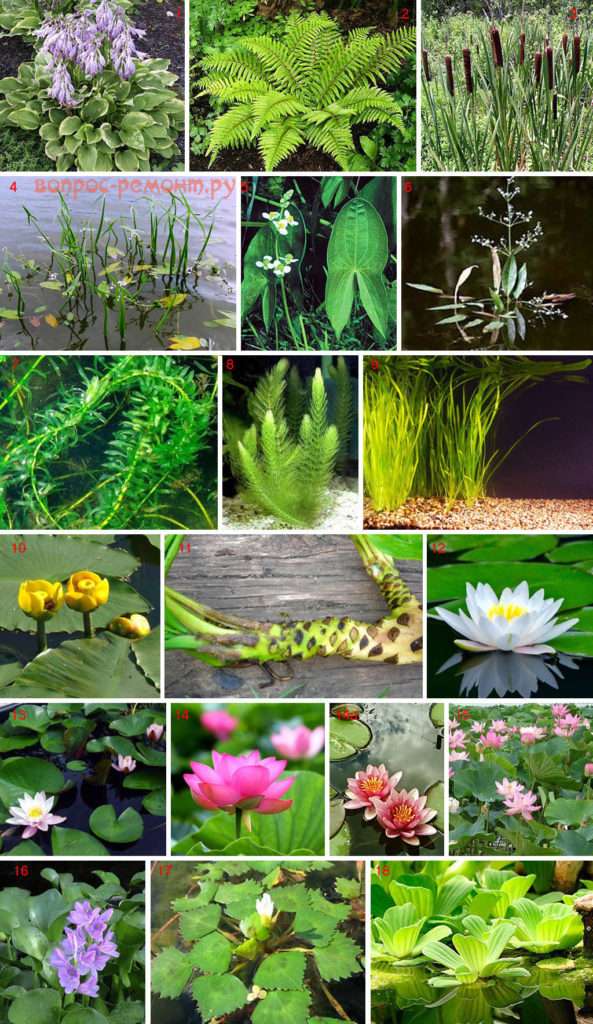

conclusions
Well, now we have come to the end of our conversation. Now you know all the aquatic plants for the pond. After all, here we have collected photos with names for you. We also talked about the most important aspects when choosing aquatic plants for artificial reservoirs. Make your choice and customize your pond. You can also watch a video that will help you make a choice in favor of a particular plant.
Useful articles
- We equip the water supply of a private house from a well ...
- What You Need to Know About Humidifiers: Benefits ...
- We buy a gate for a summer residence
- What to use to clean your pool
- We understand the characteristics of the OSB sheet
- What kind of flooring to use for the terrace
Free outline pond
The free-form pond is integrated with the other decorative elements of the garden. In such a pond, there must be coastal plants that would hide its boundaries. Not every style of garden design can fit a natural pond with lush coastlines imitating wildlife. Such a soft, natural style of design is appropriate in landscape or rural areas of landscape design.
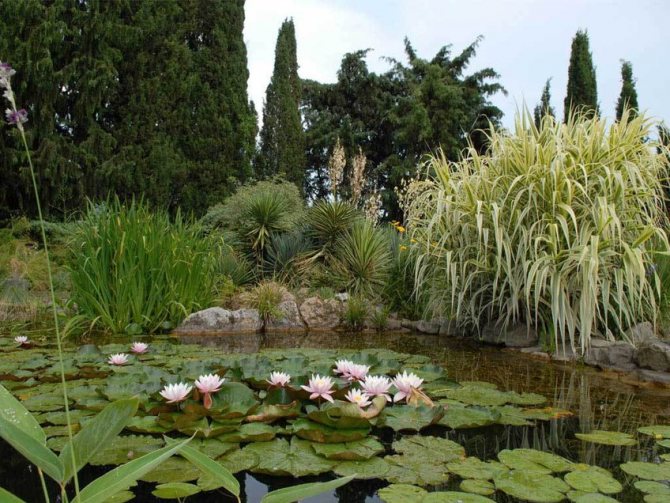

Design of reservoirs in the country
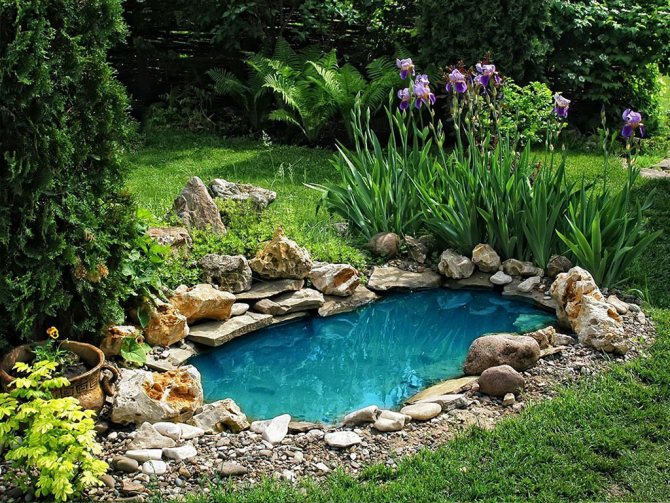

Many factors influence the creation of a colorful landscape around the water surface. It is necessary to take into account the composition of the soil, the relief of the place, the illumination of the territory, the compatibility of plants.
- Choosing a place. Aquatic crops prefer moist soils that do not dry out for a long time after rains. Therefore, it is better for a reservoir to choose a place where layers of clay or loam lie in the soil at a shallow depth. Low-lying areas of land are well suited for a pond.
- We provide illumination. The air humidity near the water needs high, so constant sunlight should not quickly dry out the earth. This is also important so that the plantings do not grow too much, and the water surface does not "bloom".
- Protecting from vegetable litter. Tall, deciduous trees should not be close to water. Fallen leaves, twigs broken in the wind, and seeds litter water bodies. Cleaning the surface takes a lot of time and labor.
- We think over the design. The style should support the overall decoration of the entire site. He must "obey" the general style of the local area, be in harmony with it.
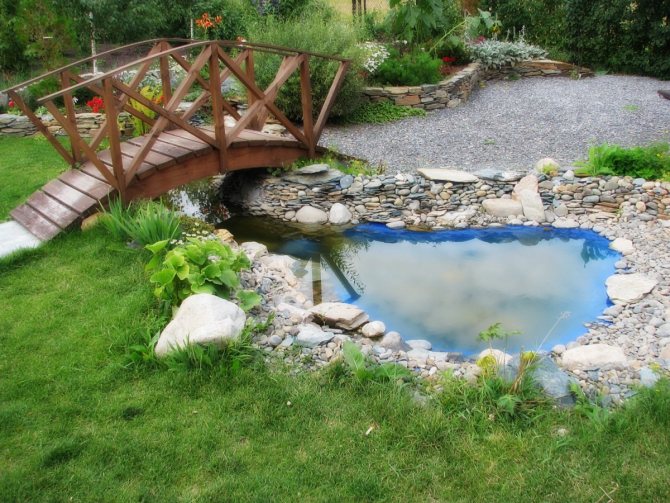

Pond depth
The size of the pond depends on which plants will be used for decoration. For example:
- for large water lilies - the depth should be at least 70 cm
- for medium-sized plants - depth 35-45 cm
- for small water lilies - depth 15-20 cm
- for cattail (Typha) and reeds (Scirpus) a depth of 10 cm is sufficient
For a small lake, the area of which will exceed 9 square meters, the depth must already be made from 60 cm to one meter so that the water warms up slowly and evenly.
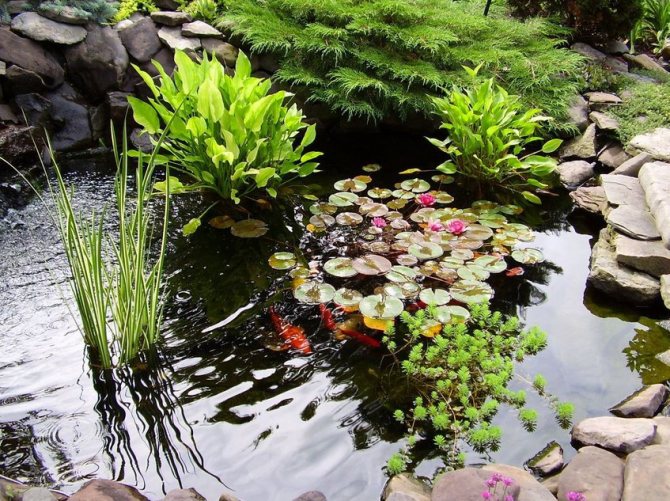

Rivers and lakes
Plants of fresh water bodies, which are characteristic of river and lake areas, are primarily noticeable on the banks. First of all, this is typical for iris flowers, which are outwardly similar to ordinary garden iris. In addition to them, an equally common plakun-grass can grow in the coastal zone, whose purple inflorescences, resembling an ear, immediately catch the eye. Her leaves are similar to willow leaves, but they are characterized by special cracks, thanks to which the excess moisture that the plant absorbs is easily discharged outside.
Pond fish
An important stage in the arrangement of the pond is stocking. It all depends on your preferences. If you want to admire the pond and spend time near the pond, communicating with its inhabitants, the decorative pond fish is suitable for you:
- goldfish
- koi carp
- colored carp
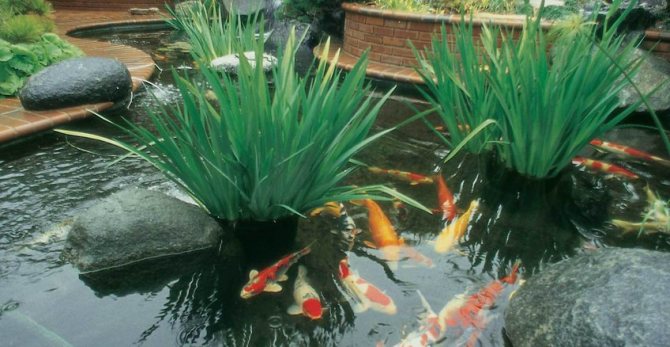

Colored pond carp - fish with bright colors, they will always be visible in your pond. Crucian carps reproduce quickly and easily endure wintering in the reservoir.Colored crucians are suitable for settling in ponds of any size, from small to huge. This is a very unpretentious fish, and every spring they will delight with the addition of a family - bright fussy fry.
Koi carp - this is the king of the dacha pond. He is distinguished by a high level of intelligence. Koi carps form "coalitions" in the pond, are able to recognize their owners and love to take food straight from their hands. This unusual entertainment will appeal to you and your guests.
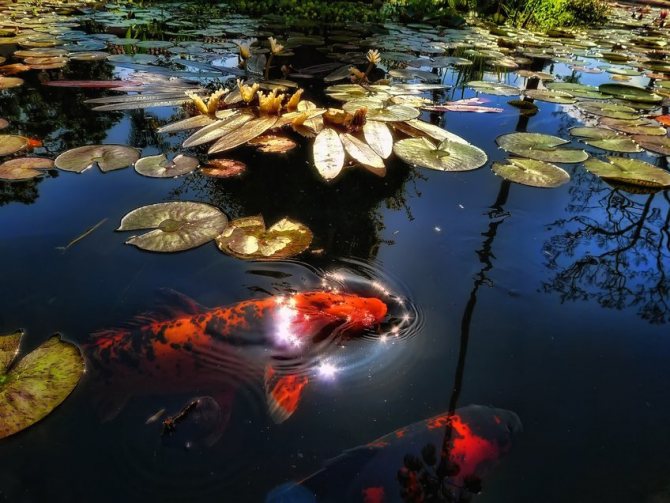

If you are not averse to fishing on the shore of your own reservoir and then having a picnic with the fish you caught, then the following are suitable for stocking:
- sterlet
- common carp
- silver carp
- tench
- white or black cupid
- crucian carp
Silver carp and grass carp, in addition to their culinary value, perfectly cleanse the water in the pond from green mud and mud.
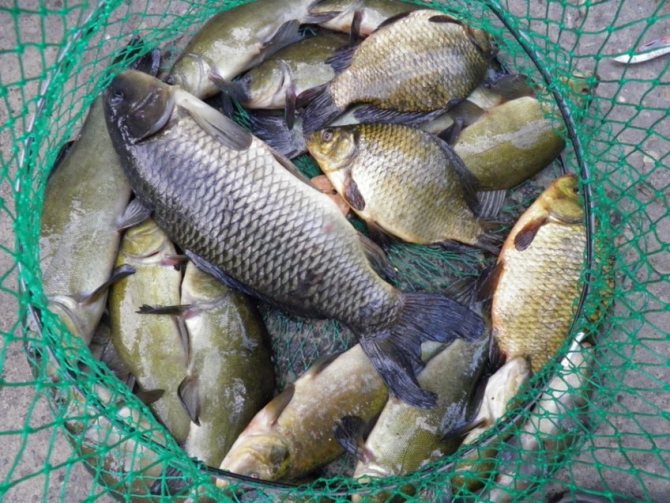

Shrubs in the background
- Barberry Thunberg f. purple;
- Crown chubushnik;
- Spirea (willow, gray);
- Kuril shrub tea.
The peculiarity of this flower garden is that it is decorative almost at any time of the year. Decorativeness in winter is achieved by the presence of conifers, and in spring by the use of spring bulbs, some of which begin to bloom when the snow has not melted yet. The faded bulbs subsequently hide in a rug of ground cover plants and perennials. [CENTER]
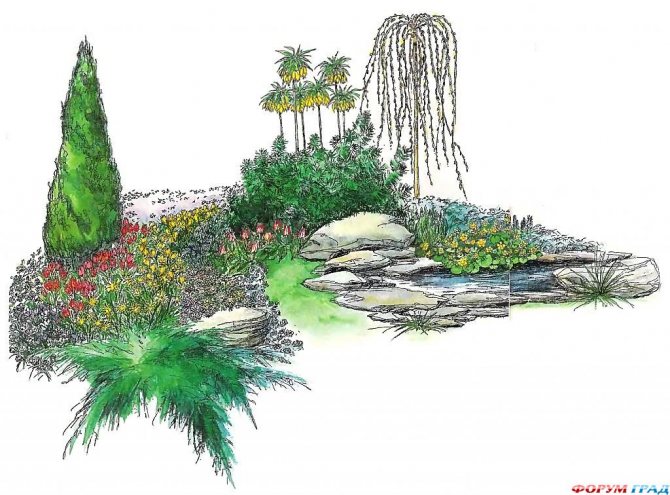

Coastal zone decoration
The first zone we will work with is called the coastal zone. This is the area near the pond.
- Host. A feature of the plant is that it is prone to strong growth. Low and tall species are found in nature. Mostly miniature specimens are planted. Hosts with a blue color prefer to grow in the shade, while green ones will feel better in partial shade.
- Sedge. What is sedge, everyone knows, whose childhood was spent near the river. The plant has narrow leaves that reach 60-80 cm in length. Until the middle of winter, sedge does not change its lush appearance, therefore it is very appreciated by designers and owners of household plots. Prefers shade.
- Molinia. Cereals in the country near the pond are interesting in their own way. For example, the perennial mothball. It has graceful and very narrow leaves. There are dozens of species in nature, the height of individual specimens reaches 150 centimeters. Lover of sunny, well-lit places, but not drought.
- Willow loosestrife. A swampy plant that can be safely planted near a reservoir. It is a bush up to 140 cm high with narrow leaves. You can easily recognize it by its purple inflorescences. It is good for a pond because it is beautifully reflected in the water, and it is completely undemanding to conditions.
- Darmer. It is most often found in large bodies of water due to its bulk. Resistant to frost, unpretentious, prefers partial shade.
- Fern. Believe it or not, there is no better plant for a summer cottage than a fern. Whichever species is chosen (and there are many of them in nature), it will feel just wonderful on the shore. The height of a moisture-loving plant varies from 30 to 150 centimeters. It is advisable to plant not too close to each other - the fern often grows up to 3 meters.
- Astilba. Rounding out our list of plants for the coastal zone is Astilbia. Gardeners choose it because of the carved leaves and beautiful flower head. Height varies from 40 to 200 centimeters, but low views are preferred for landscaping.


Hosta, astilba, fern
Once again about harmony
When creating a general landscape design for a summer cottage along with a reservoir, do not forget about the plants that will surround it. Trees growing nearby should not shade the pond. The same goes for other representatives of the flora.
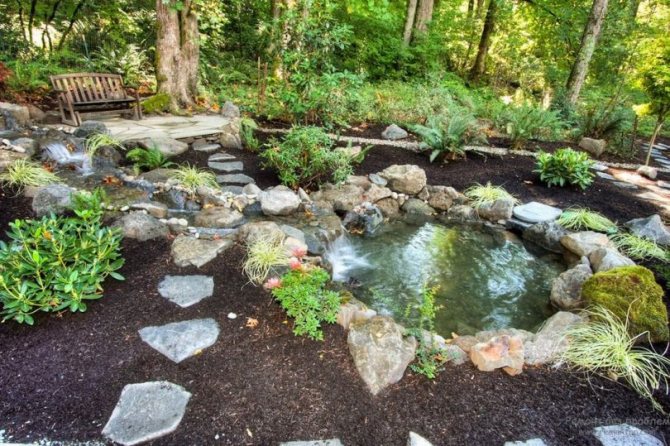

Think in advance which plants will surround the pond.
When doing work in the country, you should always adhere to certain rules. Trees are carefully selected taking into account their properties and compatibility, the characteristics of the root system... The statement that trees are not planted near water is erroneous. It is easy to refute it if you use a twisting willow or use such moisture-loving shrubs as mahonia, barberry, gooseberry. It is worth paying attention to thuja.
In the first 2-3 years, experienced gardeners advise not to shade the banks at all. This will enable the flora to grow well and strengthen the root system. And do not be confused by the fact that the appearance of the garden area will be far from rich. Subsequently, such trifles are more than compensated for by a simply fantastic view.
Vegetation as an element of decorating a summer cottage
Many summer residents, starting to decorate a newly created reservoir, make the mistake of planting too many plants in the pond at once, without taking into account the shape, size and depth of the reservoir when selecting plants. Therefore, first of all, you need to familiarize yourself with some of the principles of such a decor.
Planting of plants in a new reservoir can begin in about 7-10 days. This is necessary for settling and warming up the water, as well as for the evaporation of harmful impurities from it.
It should be remembered that for planting shallow-water plants, a depth of at least 20-25 cm is required. Deep-water plants must grow at a depth of at least 50-60 cm. In addition to deep-water and shallow-water plants, floating plants can grow in the pond.
The main thing is that there are not too many plants in the pond, otherwise the pond will quickly overgrow and lose its attractive appearance.
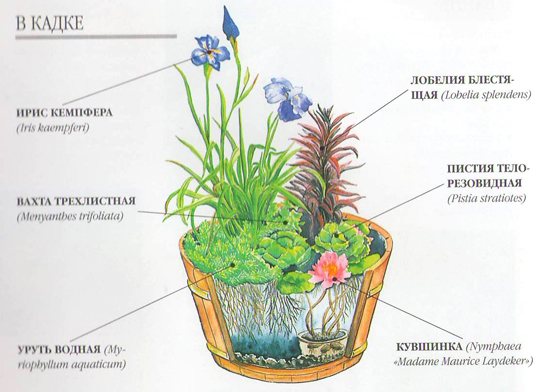

Suitable plants for a miniature pond in the country.
Of course, decorating a large pond gives you more room for imagination. But even a small pond can be decorated in a very beautiful and original way. The main thing to remember is that a small pond will require more maintenance. After all, the ecosystem of small reservoirs easily loses stability. This is due to the fact that the temperature of the water in them rises rapidly, causing the growth of the so-called "water weeds". Therefore, if the size of the suburban area does not allow you to arrange a reservoir of a large area, you need to make it 1 - 1.5 meters deep. In such a reservoir it will be possible to breed fish.
Landscaping of a summer cottage pond is necessary not only as a decorative element. Properly selected aquatic plants will protect against:
- stagnant water;
- the appearance of mud;
- the formation of an unpleasant odor;
- the appearance of microorganisms that are dangerous not only for fish living in the pond, but also for people resting near the reservoir.
Features of winter care
In winter, the decorative pond freezes over. Some varieties tolerate frost well, while others need to be moved to a warm place. In order for the plants to survive the winter normally, it is worth observing the following conditions:
- Bushes that have been planted in baskets or other containers should be moved to a warm place. A cellar or other room that does not freeze is perfect. It is important to provide crops with moisture. To do this, they are placed in a container with water.
- Cultures floating in the pond should be placed in a volumetric container with water. An aquarium is a good option. In this form, the bushes will easily survive any weather.
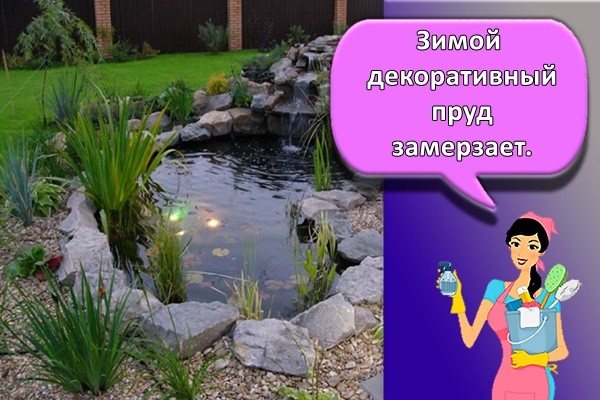

Pond care
Pond care is not difficult. Plants do not need watering, and feeding them is an infrequent matter. Its surplus leads to uncontrolled growth of algae, therefore it is necessary to establish an insurmountable barrier for fertilizing, which are used on lawns and flower beds adjacent to the reservoir. Fertilizers are required only for flowering plants - pontederia, umbelliferae, iris, orontium, lisichiton and, of course, the main water beauty - the water lily.
In the first half of summer, when the water warms up thoroughly, algae can become a real scourge for the reservoir. They can be dealt with by carefully catching with a net or planting plants that consume a lot of nutrients in the pond - marsh turkey, water pine, urut.
The container "brawlers" will have to be taken out of the water, divided and planted again. Dying parts of plants must be carefully removed, leaving only large hollow stems of reeds, cattails, etc. for the winter, since they supply oxygen, especially valuable for the inhabitants of the pond, under the ice.
Falling leaves, if they are not removed from the reservoir in time, form hard-to-remove silt. This process is also accompanied by active oxygen consumption and the release of large amounts of nutrients. Closer to autumn, a protective mesh stretched over the water surface will help to protect the pond from falling leaves.
- If, despite all your efforts, a lot of organic matter has accumulated in the reservoir, you cannot do without technology.
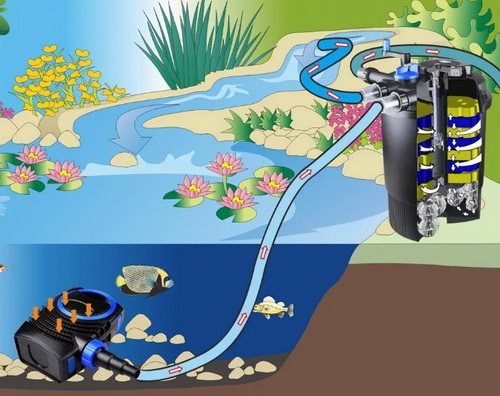

To thin out the thickets of plants without going into the water, purchase special long-handled scissors.
For the purification of reservoirs (especially inhabited by fish), purification systems with pressure or multi-chamber filters and pumps are used. An optional skimmer will remove dirt from the surface of the water before it sinks to the bottom.
For mini-ponds, compact filter systems are produced in which the filter and pump are combined in one housing.
- If there are no plants with hollow stems in the pond, aerators or compressors should be installed before the first frost. Or you can also use special floats that create artificial holes in the ice. This reduces the pressure of ice on the walls of the reservoir and on the film, and also provides a sufficient amount of oxygen for the inhabitants of the pond.
If the water in the pond becomes cloudy and heavily polluted, it is advisable to make its qualitative analysis, the most important indicators of which are hardness (KH) and acid-base balance (pH). You can get this data using a conventional tester.
If the values are very different from the normative ones (pH - 8-8.5, KN - 10), then the water quality should be improved with special preparations.
(Visited 1 times, 1 visits today)
Types of aquatic plants
There are many pond plants. Most of them can perfectly live and develop both in natural and artificial reservoirs. Depending on the zone of location of plants, they are classified into:
- coastal,
- floating,
- oxygen generators,
- deep sea,
- marsh
This separation of species allows you to effectively fill the space and not miss important elements for the normal functioning of the local ecosystem.

